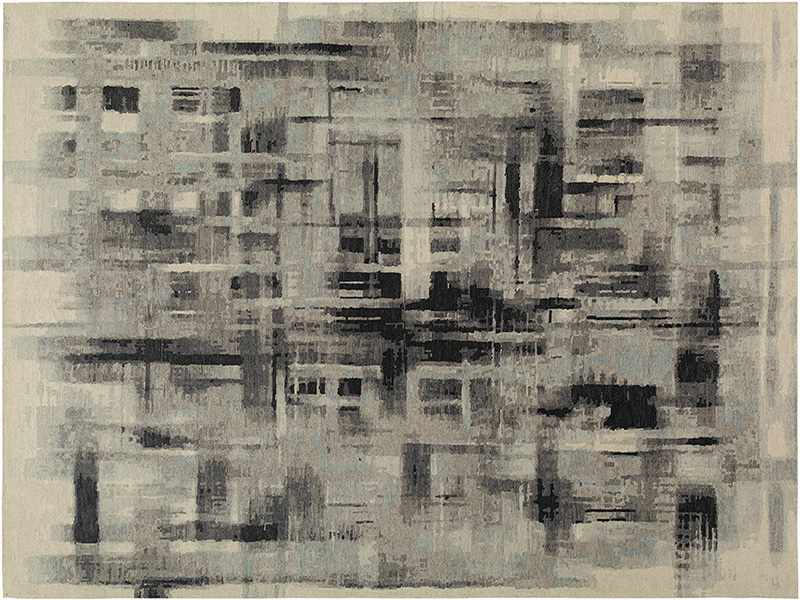I introduced our Fall 2020 issue to our advertisers by stating, “Everything is modern in its time and thus the modern man, which is truly to say the modern human, is bound inextricably to the era in which they live. As the rug and carpet trade is likewise caught up in the repercussions of the ongoing pandemic as well as the subsequent socio-economic ripples, RUG INSIDER Magazine is examining the role of modernity in the rug trade, but with a twist!”
I further espoused (as I did in the RUG INSIDER Fall 2020 issue article Rethinking Modernity: Revisiting the Purported Style for a New Era) that modern is “…not a presupposed aesthetic or style that matters, but rather the impetus, the technique, the materials, the manner of making and distributing.”
This prompted my friend and colleague Ned Baker of Tamarian to share the firm’s ethos, perhaps best described as the “slow rug movement.” Baker says this movement “…is committed to using genuine materials and responsible manufacturing to produce a high-quality product. At a time when a lot of producers/importers are trading the quality of their products and productions in order to deliver on questionable online promises, we have remained competitive and continue to thrive by innovating our styles without compromising the core quality.”
Instead of foolhardily rushing headlong into new and perhaps untested materials—on its surface a true embrace of modernity—Tamarian chooses to “evolve into new styles in more creative, subtle ways that remain honest to our commitment to quality. It’s a good challenge that has resulted in some GREAT new products!” Baker emphasized.
At the same time, the firm is committed to utilizing the best technology of this era to facilitate their business. “Merchandise and Account management is almost entirely app/web based,” Baker explains, “and we recently relaunched our website with enhanced features for searching our vast inventory stocks as well as a Virtual Custom Studio.” As a purist myself, I have and shall continue to question the role of digital technology in the rug trade, in essence asking “How much hand is required in handmade?”
This is something Baker reassuringly assuages. “We ideally want the final decision to buy to be based on a “real in-person” experience but everything leading up to that point is made more effective and efficient by technology.” As prima facie example of carpets that utilize the best materials and techniques of today, Baker offers up the firm’s patented Phoenix Weave carpets. “Our Phoenix Weave collection is a good example of innovation within the confines of the genuine materials; an entirely new weave made of 100% wool in Nepal.” While a close review of the patent documents (United States’ Patent, 8,794,270 B2) might cause one to question the “entirely” portion of Baker’s comment, innovative it was and remains, just as is the firm’s current exploration of construction. Baker again, “Other, more recent innovations focus on dyes, yarn carding/spinning, foundation wefts, washes, and other aspects of production that can “tweak” something into new territory without fundamental changes to its crux.”
For example, Tamarian’s 100-knot Twisted Knot quality—one that now dominates a majority of the firm’s top 25 selling designs—offers more color variegation within a given hue, allowing for “easier color coordination and greater ease in evolving a room’s palette during a carpet’s long lifespan,” states Baker. This latter comment is perhaps a critical element of any firm also seeking to embrace their version of a slow rug movement: to design an enduring product such that its fashion does not wane with the seasons. Evolving this concept further, Baker speaks with excitement of Tamarian’s new, even finer version called TK150—shorthand for 150-knot Twisted Knot that is seen in their design String Theory, “The finer knot allows for more seamless color gradients and transitions.”
